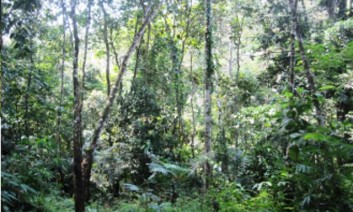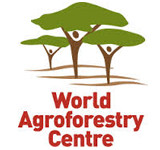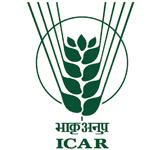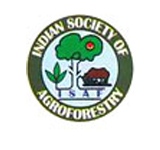
Vigyan Bhavan & Kempinski Ambience
10 - 14 February 2014
Delhi, India
blog

Agroforests of rubber and other trees, which are not intensively managed, provide plentiful benefits to local people living on the margins of forests, says Elis Hayati
In Jambi province, Sumatra, Indonesia, agroforests are the main sources of food, firewood and countless other benefits. They are complex systems that involve low-intensity management, allowing many tree species to grow inside the farmers’ tree gardens.
The agroforests also provide environmental services indispensable for both people and nature. Changing rubber agroforests to monocultural systems, which require intensive land management, results in the loss of species from the ecosystem and reduction of services, according to Subekti Rahayu and Harti Ningsih of the World Agroforestry Centre, who presented results from a research study at the Indonesian National Agroforestry Seminar in Malang, East Java on 21 May 2013.
Only 32% of the rubber in Indonesia is produced from intensive, monocultural plantations, which are usually planted in areas from which natural forest has been cleared. The remaining 68% is produced from smallholdings, where the area is lightly cleared once a year or less, leaving most vegetation, especially plants that have value for the farmers.
In two villages in Jambi—Lubuk Beringin and Tebing Tinggi—the Centre’s researchers carried out a tree-biodiversity survey that covered saplings, poles and tree stages in rubber agroforests and also conducted some focus-group discussions about community use of the agroforests.
The results of the biodiversity survey showed that there was a high similarity of species’ numbers and composition between rubber agroforests and undisturbed, natural forests. Respectively, 90% for saplings, 80% for poles and 75% for trees. This implied that tree biodiversity in rubber agroforests provided environmental services similar to undisturbed forests.
The focus-group discussions revealed that the different tree species in rubber agroforests played several roles, namely: 1) ‘provisioning’, that is, they were sources of food, livelihoods, firewood, medicines and construction materials; 2) ‘regulating’, that is, sequestering carbon (carbon stock in rubber agroforests was estimated at 60% of that in undisturbed forests); 3) ‘supporting’, or erosion control; and 4) ‘cultural’, providing auxiliary plants that were put to customary uses.
Villagers managing non-intensive rubber agroforests used a significantly larger number of plants for building material, household tools, food, medicine and honey than those working monocultural plantations.
When presented with the findings of the benefits of their agroforests, the communities were eager to preserve them. Whether that will be possible given the economic attractiveness of other crops remains to be seen.





